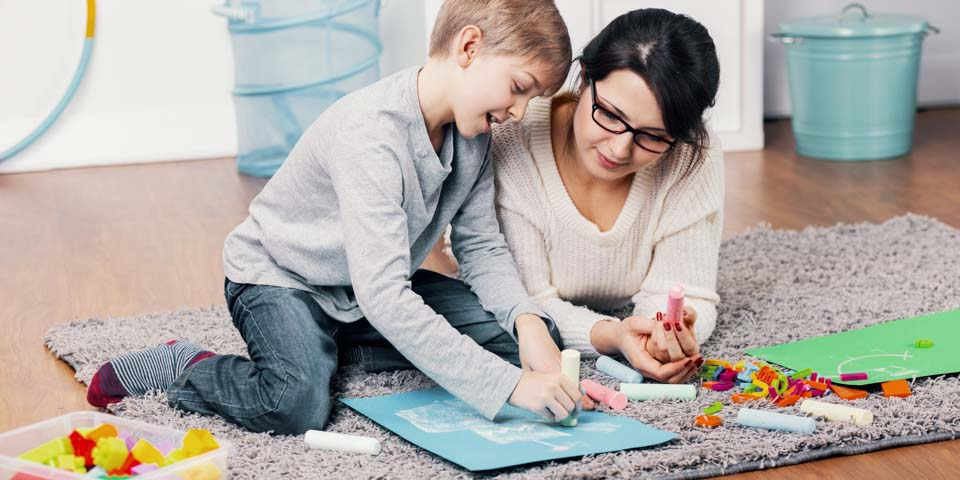High blood pressure or hypertension is a symptomless “silent killer”. It is one of those chronic diseases that quietly damages our blood vessels and leaves us with severe health repercussions. Hypertension is so prevalent that nearly 1.28 billion people worldwide suffer from it, although around 46% of adults with hypertension are unaware that they have the condition.
For hypertensive patients, regular monitoring of their blood pressure levels is crucial. While there is no miracle drug to cure high blood pressure, regularly monitoring hypertension combined with fundamental lifestyle changes can help you lower the blood pressure. It will also enhance the quality of life and minimise the risk of severe diseases like kidney failure, heart disease, stroke, etc.
Monitoring Blood Pressure at Home
How Does Blood Pressure Monitoring Work?
The device used for blood pressure monitoring is called a sphygmomanometer or simply a blood pressure monitor. The device measures two pressures, namely systolic and diastolic. A healthy individual’s ideal blood pressure range might be 120-80 mmHg. While blood pressure monitors may be manual or digital, home monitors are usually digital. The whole measurement process is automatic, except for placing the cuff around the arm.
A simple process takes place in blood pressure monitoring. The cuff tied to the patient’s arm inflates, stopping your blood flow, and then the valve opens to deflate it. As the cuff reaches your systolic blood pressure, it begins to flow around the artery, creating a vibration detected by the meter. The systolic pressure is recorded. On the contrary, as the cuff deflates, it reaches your diastolic pressure and the vibration stops. The meter senses it, and diastolic pressure is recorded.
How to Take Blood Pressure Readings?
Taking blood pressure readings requires some preparation. Here is how to take blood pressure readings. Before taking the blood pressure, you need to rest for a few minutes. Relax and steer clear of caffeine. Ensure you sit comfortably upright with your back supported and your feet flat on the floor.
- Position your arm correctly and rest it on the flat surface with your upper arm level with your heart.
- Position the cuff correctly, with the bottom edge just above your elbow.
That said, your blood pressure monitoring device will come with an instruction manual.
When to Check Blood Pressure?
Generally, if you are visiting a doctor’s office, the first thing they will do is take a blood pressure reading. While taking blood pressure at home, take a few readings a couple of minutes apart and calculate the average. Digital blood pressure monitoring devices have the feature of storing your readings. If that is not the case, you can always jot down in a notebook to get an idea of long-term trends.
First Aid to Manage High Blood Pressure
The best practices to manage high blood pressure starts with a step-by-step yet consistent process. It is a long-term commitment since high blood pressure has no permanent cure or magic drug to cure it. However, if you find yourself in an emergency situation, remember to stay calm and apply first aid treatment. Remember to take blood pressure medications and visit the doctor as soon as possible.
Final Thought
Managing blood pressure at home can help in many ways. You can prevent the blood pressure from shooting up blood pressure too high to avert any severe health complications like stroke or a heart attack. That said, it is always prudent to consult a doctor if there is a significant rise in blood pressure.
Only with the proper medications can one manage high blood pressure correctly.Furthermore, as a hypertensive patient, it is crucial to remain informed about blood pressure, management tips, and healthy tips to maintain healthy levels. You can read more about blood pressure on BPinControl. You can also consult a doctor through the portal to get recommendations for controlling high blood pressure.
Read Also: A Guide To Video Container Formats For On Demand Streaming.



